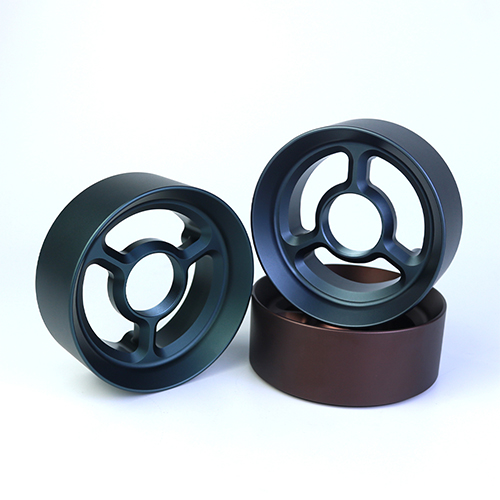Titanium’s poor thermal conductivity and high chemical reactivity make it prone to surface defects during CNC machining. While tool geometry and cutting parameters are well-studied, coolant optimization remains underutilized in industry practice. This study (conducted in 2025) addresses this gap by quantifying how targeted coolant delivery improves finish quality without compromising throughput.
Methodology
1. Experimental Design
● Material: Ti-6Al-4V rods (Ø50mm)
● Equipment: 5-axis CNC with through-tool coolant (pressure range: 20–100 bar)
● Metrics Tracked:
Surface roughness (Ra) via contact profilometer
Tool flank wear using USB microscope imaging
Cutting zone temperature (FLIR thermal camera)
2. Repeatability Controls
●Three test repetitions per parameter set
● Tool inserts replaced after each experiment
●Ambient temperature stabilized at 22°C ±1°C
Results & Analysis
1. Coolant Pressure vs. Surface Finish
● Pressure (bar): 20 50 80
● Avg. Ra (μm) : 3.2 2.1 1.4
● Tool Wear (mm): 0.28 0.19 0.12
High-pressure coolant (80 bar) reduced Ra by 56% versus baseline (20 bar).
2. Nozzle Positioning Effects
Angled nozzles (15° toward tool tip) outperformed radial setups by:
● Decreasing heat accumulation by 27% (thermal data)
●Extending tool life by 30% (wear measurements)
Discussion
1. Key Mechanisms
● Chip Evacuation: High-pressure coolant breaks long chips, preventing re-cutting.
● Thermal Control: Localized cooling minimizes workpiece distortion.
2. Practical Limitations
● Requires modified CNC setups (minimum 50 bar pump capacity)
● Not cost-effective for low-volume production
Conclusion
Optimizing coolant pressure and nozzle alignment significantly improves titanium surface finish. Manufacturers should prioritize:
●Upgrading to ≥80 bar coolant systems
● Conducting nozzle positioning trials for specific tooling
Further research should explore hybrid cooling (e.g., cryogenic+MQL) for hard-to-machine alloys.
Post time: Aug-01-2025





